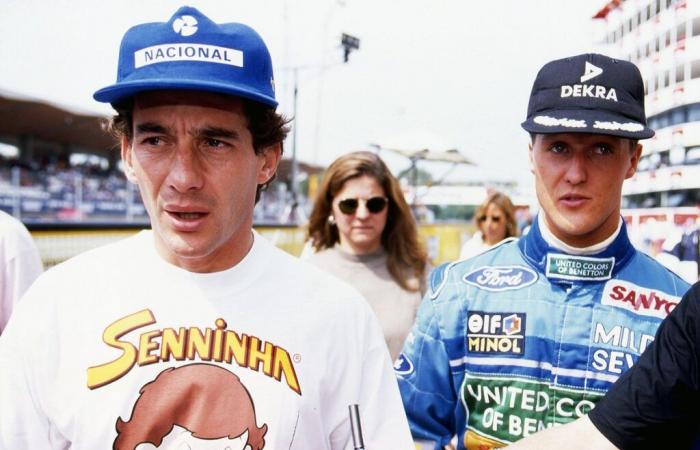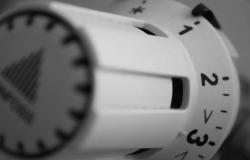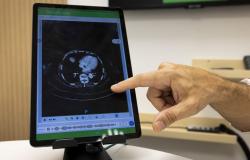Jonathan Wheatley was in his fourth season of Formula 1 as a mechanic in 1994, after having started in Roberto Moreno’s car in Benetton before the Brazilian was dismissed in favor of Michael Schumacher.
That gave him a front row for the early stages of what was outlined as one of the great rivalries of motoring – until the tragedy hit Icola during the weekend of the San Marino Grand Prix 31 years ago.
Those who were not in F1 at that time tend to see this era as a ruthless competition, personified by political and technical arguments. The Benetton team spent much of that year on suspicion of violating the rules.
On the track, the battles between Schumacher and Ayrton Senna -Joven promise against great consecrated- often stick to this narrative of bitter resentment. Each one complained about the other’s behavior on the track while fighting for positions.
But Wheatley, now director of the Sauber team, remembers that a totally different environment reigned between the racks.
“We had this type of relationship in 1994,” he told F1 podcast Beyond the Grid “Where Michael established a pole position, and then when Ayrton left the garage, I showed him the Pyboard with Michael’s time in him.”
“And he opened his visor, shook his head, closed it. He came out, he was going faster than Michael, and looked at me from the Pitwall as if saying: ‘Well, where is my time (in the Pyboarding)?’
“There was a camaraderie of which people are not aware. Not only do you compete fiercely with people. You are touching them with them.”
Rubens Barrichello, Jordan involved in a spectacular accident
Photo De: Photo 4
The weekend events of the San Marino Grand Prix brought to light that hidden feeling of Union: in the days prior to the fatal accident of Senna in the May 1 race, Rubens Barrichello had survived a strong clash against the barriers during the training of Friday and Roland Ratzenberger had died when the front wing of his Simtek came off at high speed on Saturday.
The F1 at that time was very different from today’s for Paddock staff; There were no touches to limit work hours and, for young mechanics, a work-game-game ethic prevailed. Isola’s events were a brutal reminder of the risks inherent to high -level races.
“Icola 1994 is the worst weekend I remember,” says Wheatley. “I still remember emotions.”
“I have kept many things from 94 because I think, for me as a young man, it was an important turning point. I still remember Mick Cowlishaw, the chief of mechanics (from Benetton), approaching me, putting my hand on my arm, because I knew the relationship I had and what I thought of it, and telling me that (Senna) had gone.”
“That weekend was full of so many things. You know, Rubens’s accident, when he puts his hands in front of the face (at the time of impact with the barrier). That image is incredible. He simply shows the human being inside the car.”
“Then Roland. I remember that I saw him on television and I immediately understood that it was not a normal accident, that it was very, very serious. Then, in the race, JJ (Lehto) stood on the grill, the mass impact that the red flag caused.”
“Then (Michele) Alboleto lost his wheel in the Pitlane and the wheel nut hit my number one mechanic, he cut his leg. The wheel entered the lotus box where he hit someone who was there … and then the Senna accident in the race.”
“We did not want to get on the plane. I remember that we were sitting in the airport room in silence. The Williams boys had just told Ayrton, and none of us wanted to get on the plane – ‘What is the next thing that will happen?’”









